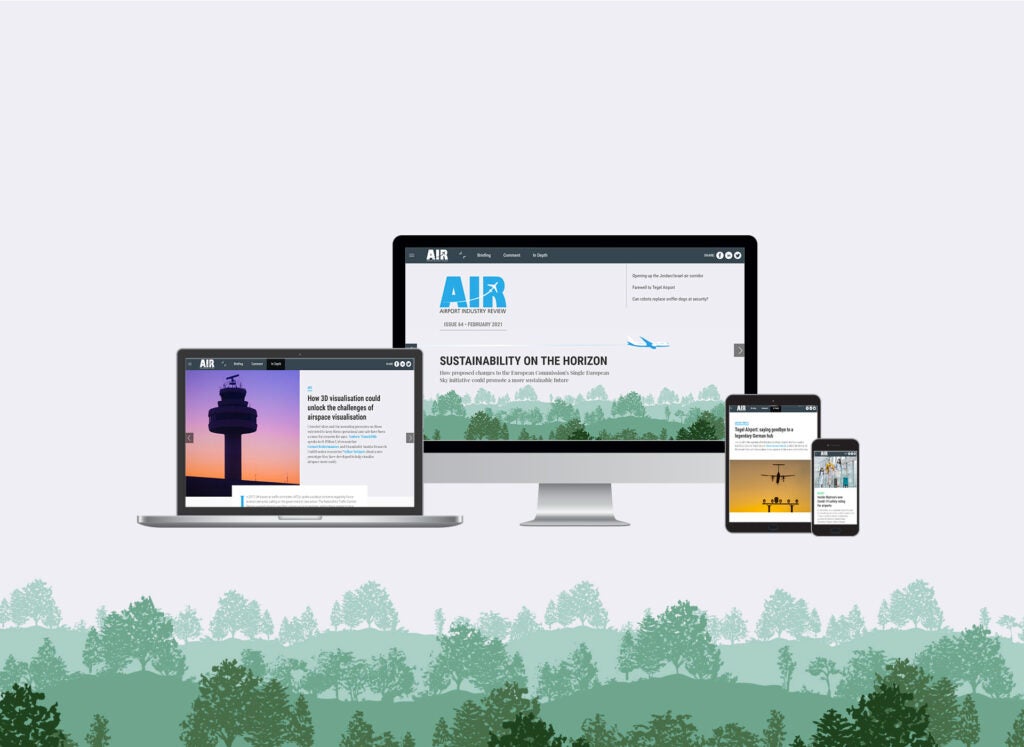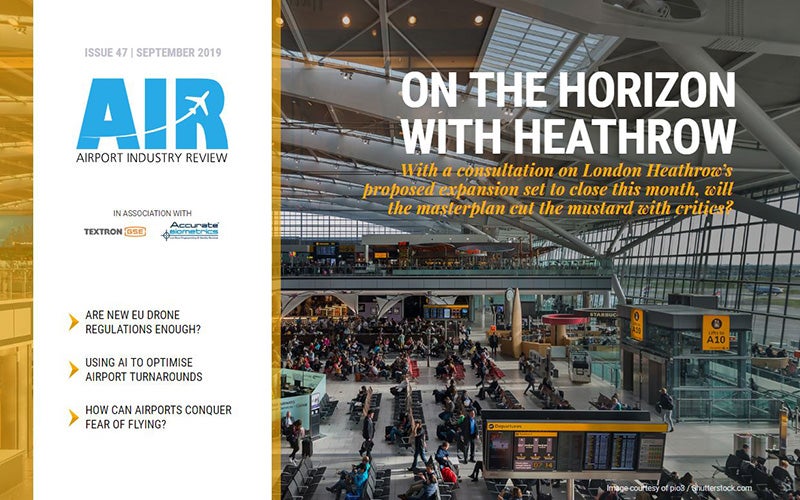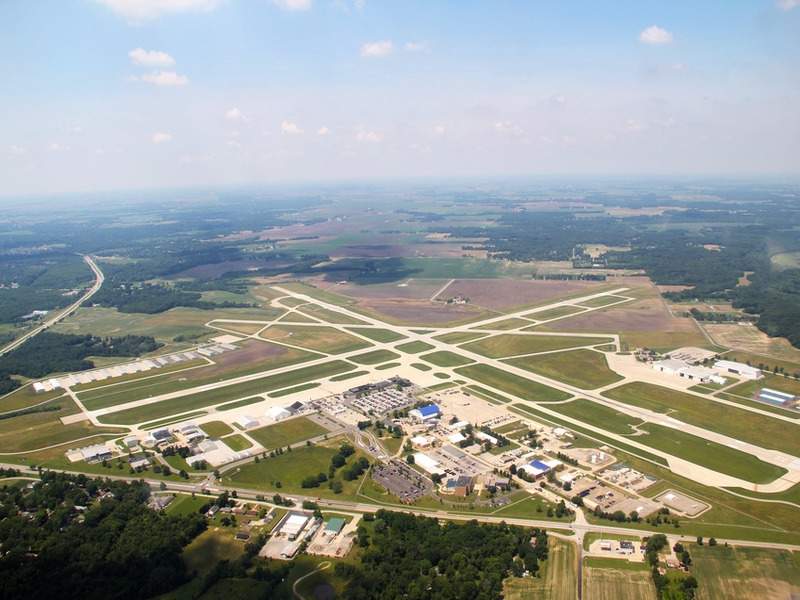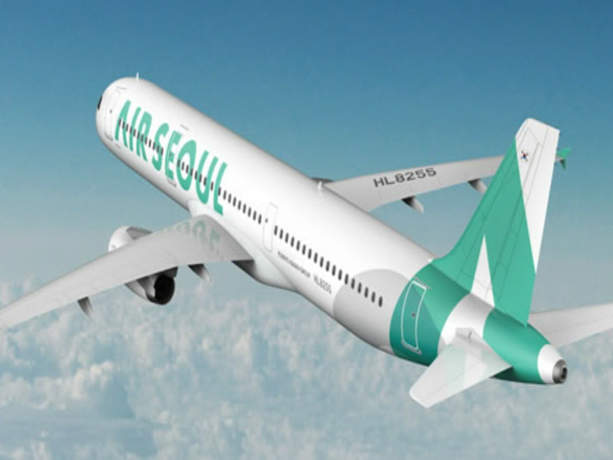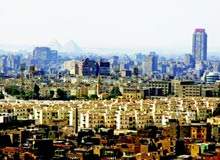
Located at a crossroads between Africa, the Middle East, Europe and the Persian Gulf, Cairo International Airport offers excellent possibilities for transfer passengers all over the world. Cairo Airport Company has embarked on a long-term development plan to upgrade and modernise its facilities, in order to increase capacity and improve services.
Cairo Airport Company’s mission is to become a passenger and cargo hub for the Middle East North Africa region (MENA). They plan to achieve the top levels of service by rising to global competitive levels – according to internationally accepted standards – and gradually applying air transport liberalisation policies.
In 2004, Cairo Airport initiated an international tender for the management of the airport. Fraport AG, Frankfurt Airport’s owners and managers, won the eight-year management contract and started its services in February 2005.
Today, the management and staff are diligently striving to prime Cairo International Airport to compete on a global level and to prepare for the challenges that lie ahead.
DEVELOPMENT STRATEGY
See Also:
Part of the airport’s plan is to work closely with its home carrier EgyptAir, which will become a member of StarAlliance in October 2007. The launch of the new domestic carrier EgyptAir Express in June 2007 has boosted domestic traffic.
How well do you really know your competitors?
Access the most comprehensive Company Profiles on the market, powered by GlobalData. Save hours of research. Gain competitive edge.

Thank you!
Your download email will arrive shortly
Not ready to buy yet? Download a free sample
We are confident about the unique quality of our Company Profiles. However, we want you to make the most beneficial decision for your business, so we offer a free sample that you can download by submitting the below form
By GlobalDataBoth the airport and airline constantly monitor their operational processes and continuously improve their services to keep up-to-date with future requirements. For example, since mid 2007, checked baggage has been allowed through on international to domestic destinations, and vice versa, to reduce the minimum connection time.
With the opening of its terminal 3 in late 2008, Cairo Airport will set a new standard of service in the region and will offer EgyptAir and its Star Alliance partners a new home in Cairo. A 14% growth rate in passenger movements indicates that the current capacities are in urgent need of expansion. In 2006, Cairo Airport handled more than 10.7 million passengers; more than 12.3 million passengers are expected in 2007. With the opening of terminal 3, the airport’s capacity will double to 22
million annual passengers.
TERMINAL 3
Terminal 3 will cost about $400m and is being funded by the Worldbank. It is designed for both international and domestic traffic and has a capacity of 11 million passengers annually. It consists of a five-level main building and two concourses, which provide a total floor area of more than 175,000m².
A bridge between terminal 2 and terminal 3 will ensure easy access and short transfer times between the terminals. The landside area includes new road systems, parking spaces for cars, buses, employees and taxis. On the airside, terminal 3 will be equipped with 23 contact stands and a total of 54 aircraft stands, including the necessary taxiway and taxi-lane systems.
The terminal will be equipped with the latest state-of-the-art technology. A fully automated baggage-handling system with integrated online screening will ensure safe and smooth handling of the baggage. All transfer baggage will be automatically sorted and the system is ready to implement future radio frequency identification (RFID) technology. Furthermore, an integrated security system will fulfill the latest international civil aviation organisation airport code (ICAO) requirements and
will set new standards within the region.
To ensure an efficient and cost-effective operation, Cairo Airport has invested in a state of the art IT system. Latest developments to simplify check-in procedures have been taken into consideration during the planning – the airport will provide common-use self-service (CUSS) kiosks in the check-in hall, while information kiosks will be located strategically throughout the building. All boarding pass printers and gate readers will be ready to use the 2D barcode.
Also, the immigration process will be developed further. A total of five biometric immigration gates will be available upon arrival and departure. Proposed passengers (e.g. frequent travellers) will have to pre-register at independent passenger registration stations, where personal information and biometric fingerprints are taken. After successful registration, the passenger will receive an immigration card, giving them access to the biometric immigration gates.
A new ramp-management system will allow the airport to make improvements in traffic control and in assigning job orders to the follow-me cars more efficiently. To provide easy access between all terminal complexes and parking facilities (in particular the new multi-storey car park), Cairo Airport Company is planning to install an automated people mover. The functional design for the system has just been contracted and will run on an elevated track, connecting terminal 1 with the terminal 2/3
complex.
To extend its airside capacities the construction of a third parallel runway began in 2006 and is scheduled for completion in mid 2009. Additionally, the existing runway was upgraded in 2007 to CAT II, in order to be less affected by heavy weather conditions.
With growth rates of 20% in 2007 the cargo movements are strategically important for the airport. Cairo Airport is investing more than EGP350m in the development of a new cargo city. Phase 1 is scheduled for completion in 2009. Cairo Airport is also pushing for the implementation of a cargo communication system along with e-freight technology. This system should enable the cargo community to optimise the local air cargo chain.



